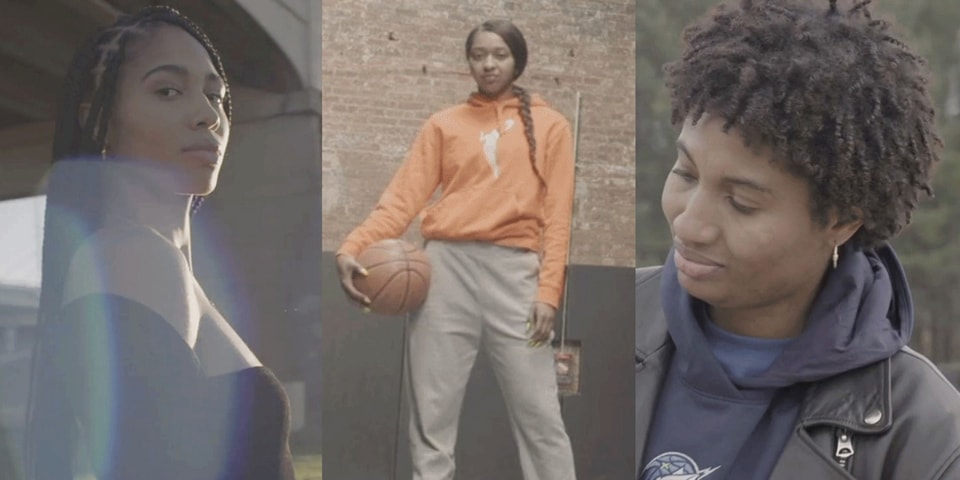
With March Madness in full swing, the WNBA is eyeing the performances of hundreds of the NCAA’s top players to determine who will continue their career on a professional level. Last Monday, draft-eligible players were faced with a decision – whether to enter the WNBA draft, continue to play at the collegiate level or retire from competing altogether at the end of the basketball season.
Featuring 68 women’s basketball teams from the Division I level, parsed via single-elimination, the tournament will wrap up on Monday, April 4. The following week, on April 11, both college athletes and those already playing in the WNBA will gather in New York City for the annual draft, where teams can select new players to join their ranks in the upcoming season.
In anticipation of We are the W, a new documentary chronicling the rise and success of the WNBA, HYPEBEAST spoke with three players at different points in their careers about the struggles and successes of playing professional basketball. Notably, the players highlighted how underappreciated the league is, despite its competitive excellence.
Rookie DiDi Richards, a shooting guard on the New York Liberty, was competing for Texas’ Baylor University in March Madness last year while awaiting her WNBA prospects. “Once I got out of the playoffs, I hit the ground running,” Richards recalled. “Everybody was like, ‘well, college is done. Now It’s time to think of the WNBA.’”
“I was freaking out,” she continued. “I had to find an agent within three days. I’m also trying to navigate how to talk to all 57 teams.”
NCAA athletes are also given the opportunity to play for their college for an additional fifth year, rather than immediately enter the draft.
“I’m making the biggest decision in my life to even declare for the draft. If anybody was to watch me in college, it’s like, why would you leave college? It was definitely a comfortability thing,” Richards added. “I took a leap of faith and I’m happy I did.” Ultimately, she was selected 17th overall in the second round of the draft.
An added layer of stress during the drafting process was social media. Since Richards’ draft took place during the pandemic, she had to handle the majority of her social media coverage herself. “Technology’s getting involved [in the draft] and not everybody is great with technology, so I’m trying to figure out how the ESPN mics work, stuff like that.”
Two-time Olympic gold medalist Angel McCoughtry has spent thirteen years in the WNBA, in addition to playing overseas. Currently, she’s a small forward and shooting guard for the Minnesota Lynx. Looking back on her participation in the draft in 2009, during which she was picked first overall, McCoughtry says that the prevalence of social media in recent years has given individual players and the overall league more recognition within the sport.
“People wanna know who they are coming to watch,” McCoughtry said. “If they know who we are, they’ll come and watch the games and the WNBA fan base will go up.”
Mid-career player Izzy Harrison, a power forward for the Dallas Wings drafted in 2015, said that she was excited to be witnessing increased representation for women’s basketball in the greater sports industry. “I was watching the NCAA game, Tennessee versus Belmont, and a commercial came on,” Harrison recalled. “It was [Seattle Storm’s] Breanna Stewart for Coca-Cola.”
“I thought that was the coolest thing. To finally be able to see how the games are growing and how people are finally putting us in positions to be successful with advertisements and platforms that haven’t been there in the past.”
McCoughtry echoed Harrison’s sentiment, saying that in terms of coverage and opportunities such as commercials and sponsorships, “every little bit helps.”
“We still have, of course, a little bit of a way to go, but I think we’re happy with the progress and the way things are going.”
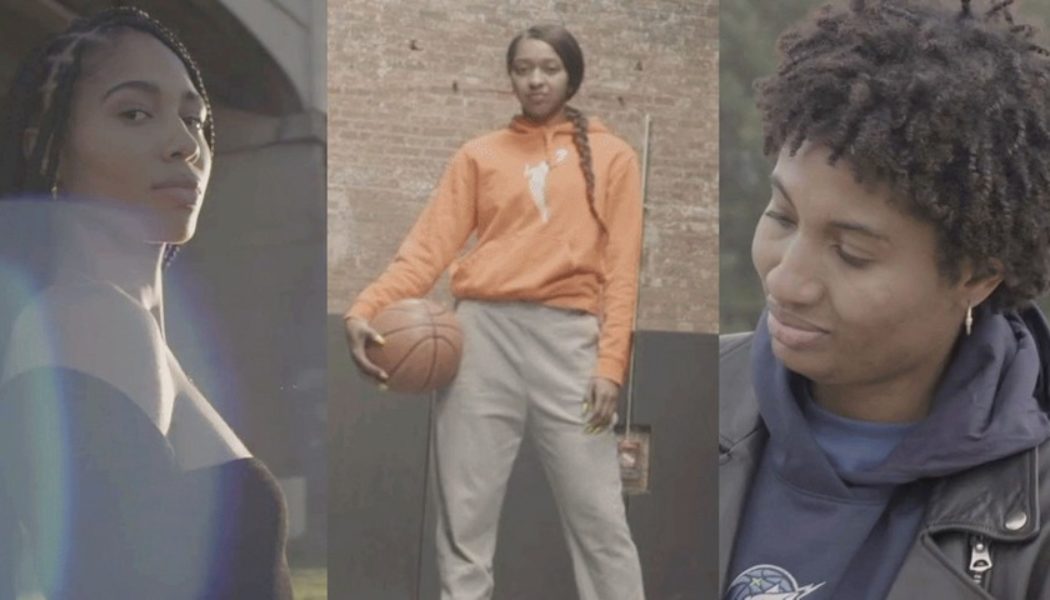

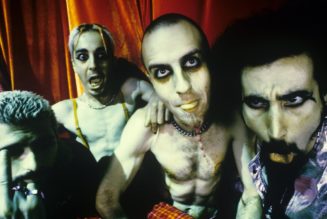
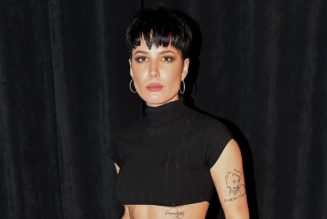
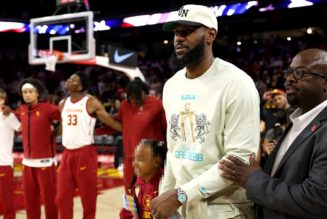
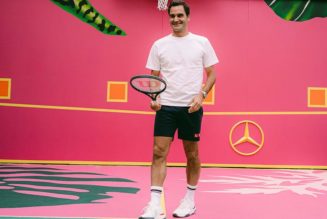
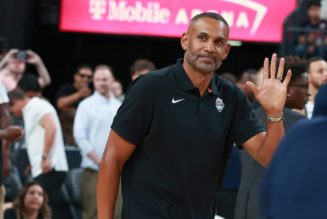
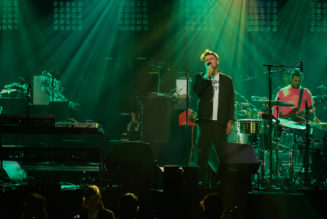

Tagged: FEATURES, Sports